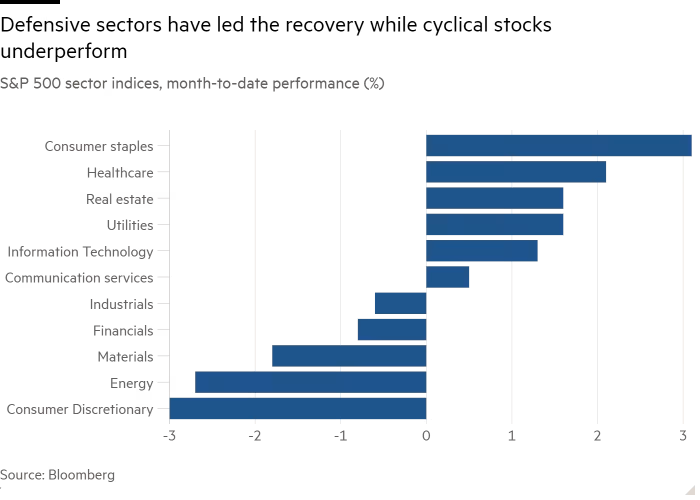Market tensions are high as fears of Wall Street volatility creep back into the picture. The U.S. stock market might have bounced back after a rocky start in August, but there’s still a lot of uncertainty under the surface.
By Thursday, the S&P 500 had erased all its losses from earlier in the month, and the Vix Index—Wall Street’s favorite tool to measure expected volatility—dropped below its long-term average of 20.

Let’s rewind to the beginning of August. A series of disappointing economic reports kicked off a global market sell-off that had everyone panicking. The S&P 500 tanked by 6% within the first three days of trading, and the Vix soared to over 65.
That’s a level of panic we haven’t seen much of in recent history. Even with the recent rebound, the underlying signs aren’t exactly reassuring.
Traders watching volatility of volatility
Here’s where things get interesting. Traders aren’t just watching the Vix; they’re also keeping an eye on something called the “Vvix,” which measures the expected volatility of the Vix itself.
The Vix, often called Wall Street’s “fear gauge,” gives us an idea of how much investors think the S&P 500 will swing in the next 30 days. But the Vvix? It tells us how volatile that fear might get.
As of Friday, the Vvix was sitting at 103.4. To put that into context, the long-term average is about 90, and it was only 83 during the first seven months of the year.

What does this mean? Well, traders are still nervous, even if the stock market’s recent gains suggest otherwise.
Consumer staples and healthcare stocks—your classic “defensive” plays—are leading the charge. These are the kinds of stocks people buy when they’re looking for safety, which isn’t exactly a vote of confidence.
But cyclical sectors like consumer discretionary, energy, and materials are lagging. If you’re paying attention, that’s another red flag.
Most market watchers will tell you the Vix’s spike earlier this month was partly due to technical factors, not just pure fear.
For instance, low liquidity during early-morning trading probably made the Vix overshoot, exaggerating the level of risk in the market.
Market moves and what’s next
So, what’s next? Investors aren’t exactly throwing caution to the wind. Instead, they’re hedging their bets, literally.
The demand for options that protect against big market drops is on the rise, and there’s a noticeable shift toward more stable sectors.
This jittery behavior makes sense, especially given the year Wall Street has had. We’ve seen rapid swings in market sentiment, driven by everything from Federal Reserve policy shifts to fears of an economic slowdown.
The Fed’s every move is being watched like a hawk, with investors ready to jump at the slightest hint of tightening or easing. Any changes in interest rates or inflation expectations could send markets into another tailspin.

But what does all this mean for the crypto crowd? The current volatility on Wall Street could spill over into Bitcoin, whose volatility is already way higher than traditional assets—up to 4.6 times that of gold or global equities. Copper analysts told us that:
“In a rare occurrence, the correlation between Bitcoin and every major asset, except gold, has moved in tandem. Market stress is rearing its ugly head this summer as a risk-off environment takes shape amid possible global macro shocks.”
At press time, Bitcoin was worth $59,886.
 cryptopolitan.com
cryptopolitan.com